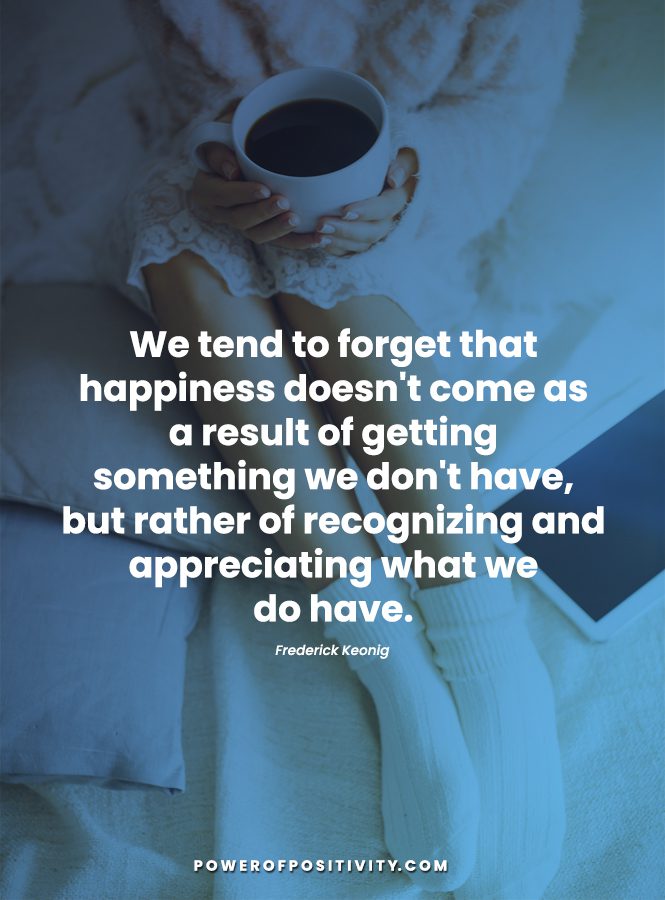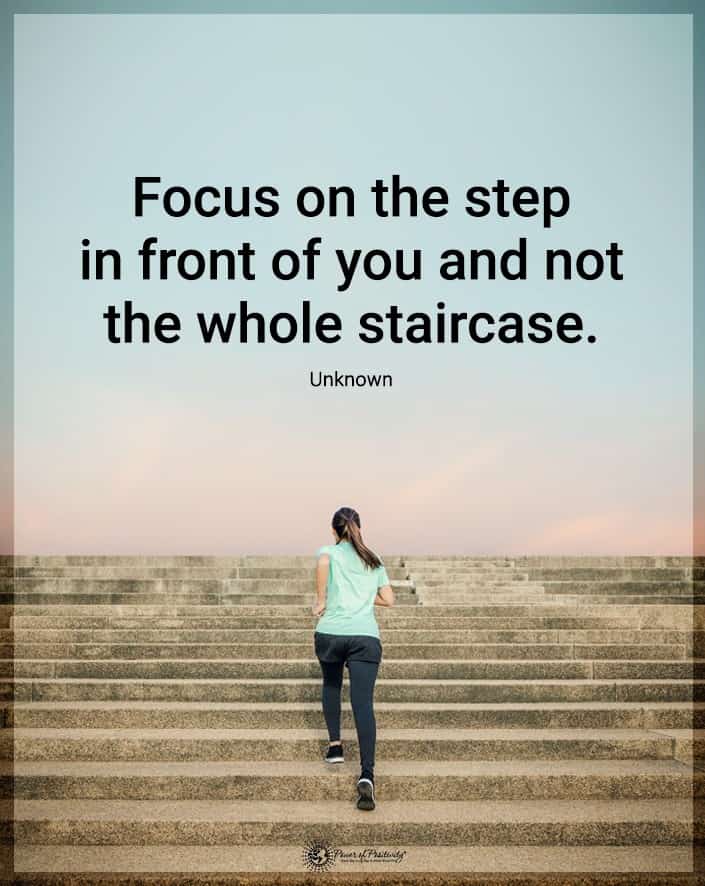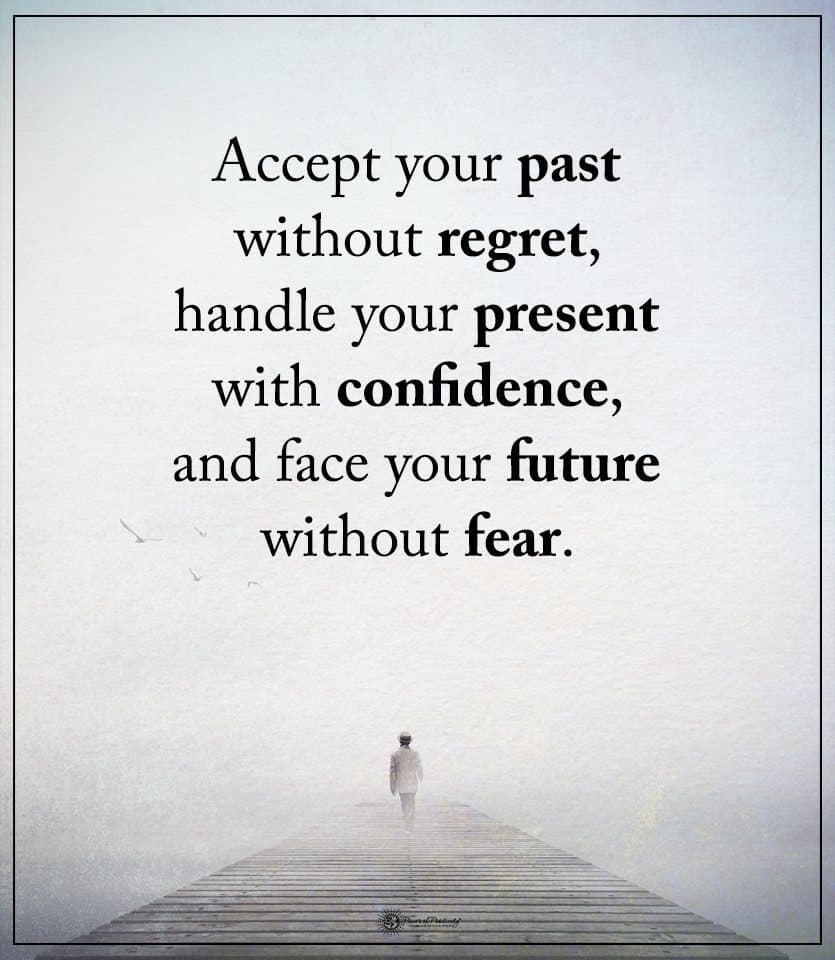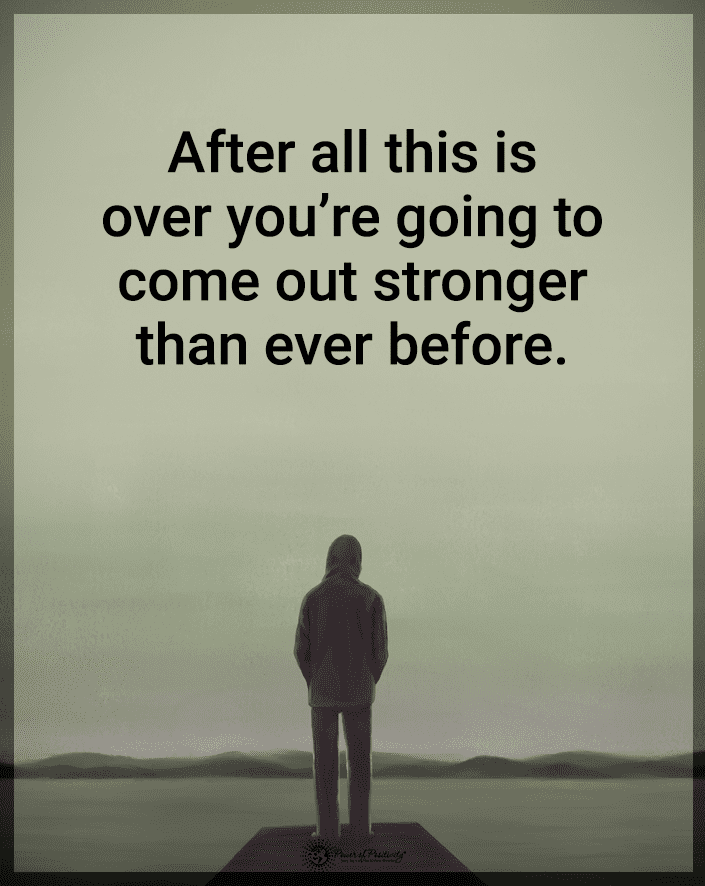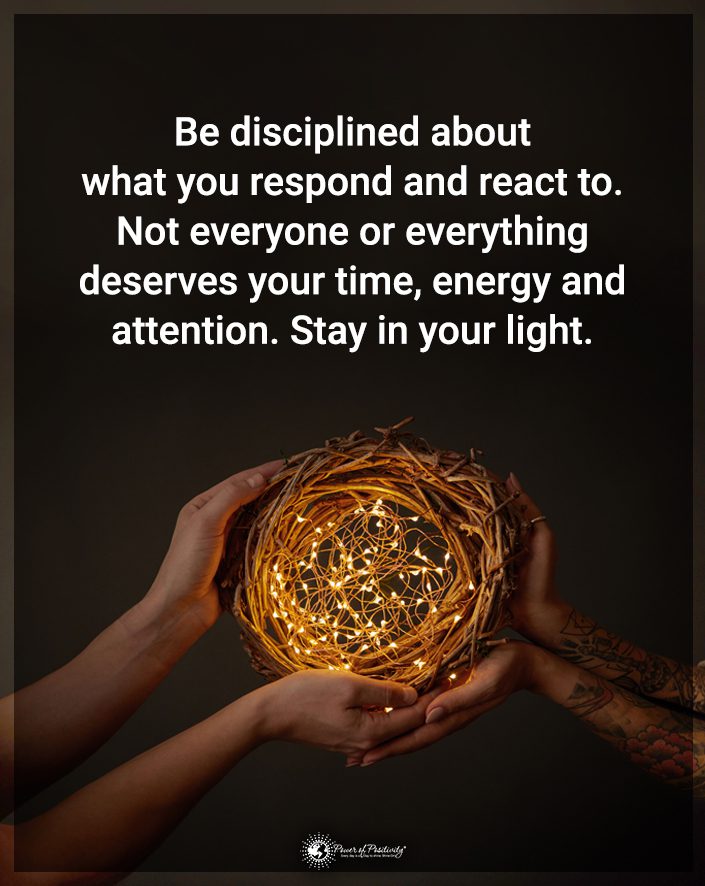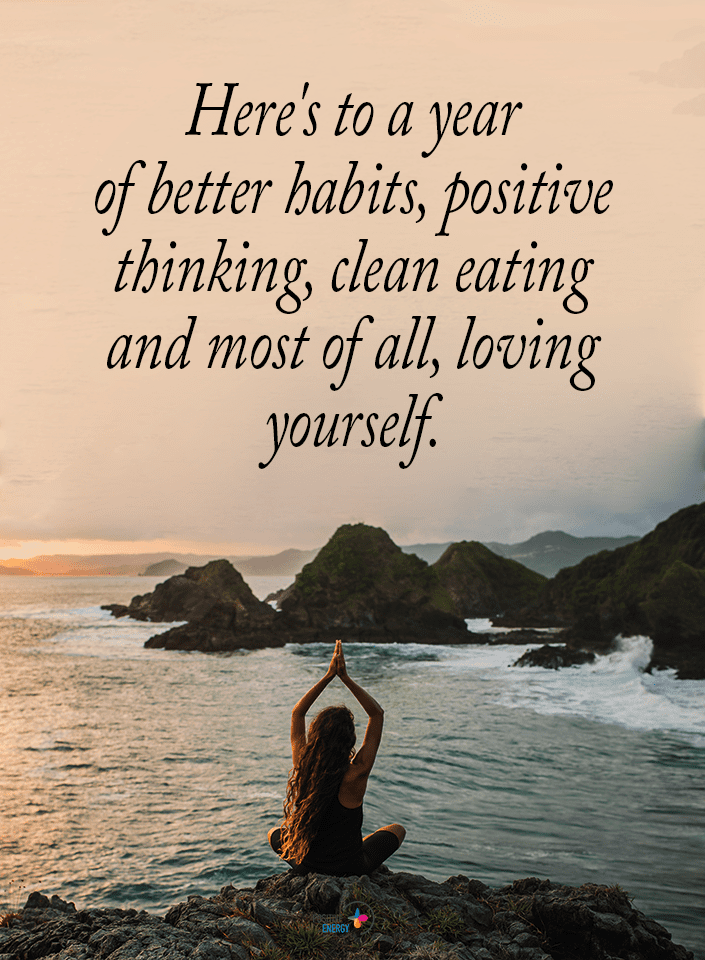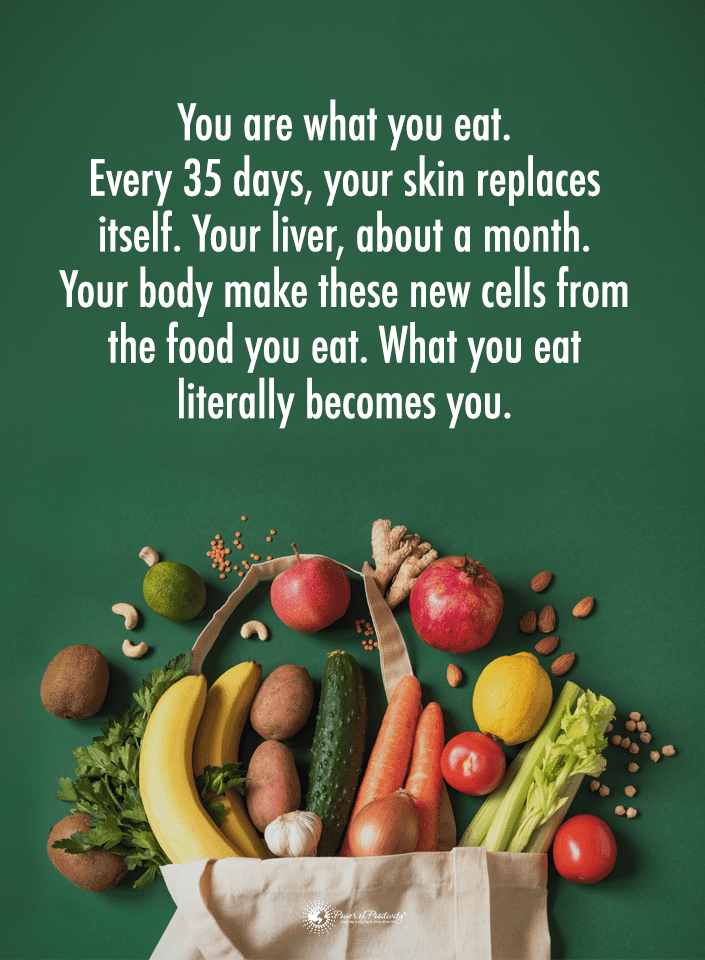We’ve heard of life hacks, but have you heard of sleep hacks? These simple tips and tricks can be performed easily by anyone and dramatically improve your overall sleeping experience.
It sounds too good to be true, but these sleep hacks are backed by science and research. Try them out for yourself, and you’ll be impressed by the results! Here are three global sleep hacks most people don’t know.
1. Avoid Grogginess When You Wake Up By Following Sleep Cycles and Rhythms
One of the simplest sleep hacks is understanding how sleep and its cycles work. It sounds simple, but many people don’t understand the true nature of sleeping and what processes are involved. When you gain this knowledge, you’ll be surprised by how many obvious sleep hacks you can implement!
Let’s start by understanding sleep cycles. Each cycle lasts a total of ninety or so minutes, with minor variations between individual people. There are four stages in these cycles, which are:
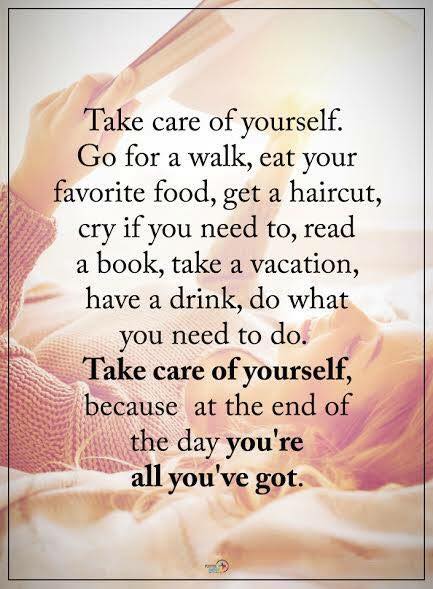
· N1
This is stage one of the sleep cycle. Taking up just between one and five minutes, this is the phase during which one starts to doze off slowly. The body has yet to relax completely, though overall activity in the brain and body begins to slow down. This is a point where it’s extremely easy to wake someone up. Throughout the night, each N1 stage may become shorter and shorter, allowing people to move quickly from the end of a sleep cycle to N2.
· N2
This is stage two of the sleep cycle. At this point, the body becomes further rested and more subdued. Muscles relax, heart rate and breathing slow, and the temperature drops. Eye movement ceases, and new patterns appear in the brain waves, with studies showing slowed activity with occasional short bursts. These bursts assist in preventing unwanted waking. N2 sleep may last between 10 and 25 minutes, and as the night progresses, with each new cycle, it elongates and may even hit up to 60 minutes. You will spend about half of your sleeping time in N2 sleep.
· N3
This is stage three, and it’s also often called deep sleep, slow-wave sleep, and even delta sleep. During this period, your body is very relaxed, with breathing, pulse, and muscle tone decreasing in sleep and tension. Again, this is a crucial time for restoration and rest; if you’re jolted awake in this stage, you will be extremely groggy and disoriented. This stage lasts between 20 and 40 minutes, and as the night progresses, it becomes shorter and shorter, so you spend longer in REM sleep.
· REM Sleep
This is the fourth stage of the sleep cycle. This is when all of your dreaming occurs. Brain activity quickly increases, getting quite close to wakeful levels. However, your body develops a temporary paralysis known as atonia. REM sleep is essential for cognitive function. Usually, it takes at least 90 minutes to be asleep before you can even enter REM sleep, which lasts between ten and sixty minutes. REM sleep stages get longer and longer the further your sleep.
So, how do you use this information to find good sleep hacks? All you have to do is understand that being forced to wake up during N3 or REM sleep would be extremely disorienting, contributing to grogginess and a feeling of not being rested even after hours of sleep. This means the best time to wake up is during N1 or N2 sleep. Here’s how to apply this knowledge:
· Take Naps Intelligently
Take naps that are intelligently designed to sync up with sleep cycles. Cat naps should take between ten and twenty minutes to fall within N2 sleep. Longer naps should last 90 minutes to complete a full sleep cycle. These techniques will prevent the excessive grogginess and sluggishness associated with midday naps.
· Set Alarms For Even Cycles
You know that each full cycle is ninety minutes long, so use this to set alarms wisely! Arrange your sleeping schedule so you can wake up after sleeping at an interval of one-and-a-half hours, such as seven or nine hours. This way, you’ll always feel ready to start the day when you wake up.
· Wake Up And Sleep At The Same Time Daily
Once you develop a good idea of what sort of sleep hacks you can use based on your cycles, start sleeping and waking up simultaneously every day. This sets your internal clock so you are naturally in tune with certain wake and sleep times. Yes, this includes weekends and off days – one day spent sleeping in can completely throw off your rhythm! If you stick to regular sleep-wake cycles
· Track Your Sleep
If you have trouble accurately estimating your sleep cycles, you may have slightly out-of-the-ordinary cycles or need help understanding how these stages work. Many apps available can track your sleep as long as you set your phone next to you each night. Some will even help to wake you up at the most opportune time in your sleep cycle within a certain window!
2. Drink Something Soothing Before Bed
Some foods may help promote sleepiness, but eating before bedtime is generally harmful to a restful night. Though it can make you feel drowsy to eat a lot before snoozing, that doesn’t translate to restfulness, as your body must work hard to digest your food. This is why soothing drinks are typically your best bet, and plenty of different beverages are great sleep hacks. Here are some to try:

· Banana Tea or Smoothies
It sounds odd, but bananas contain a lot of magnesium and potassium, which means they’re almost like natural sleep remedies, as studies show. But it’s not the fruit you want – it’s the peel, which boasts three times more magnesium than the rest. Antioxidants in the peel also help you to absorb both minerals. To make use of this, you can make banana tea.
To do this, cut off the tips of a banana, then boil the fruit and its peel in four cups of water for about five or six minutes. Allow steeping for an additional five minutes. Then, strain the tea and mix in some honey and cinnamon, and you’re good to go! If this isn’t your thing, you can make a banana smoothie instead using one banana, fresh or frozen, a cup of almond milk, and a tablespoon of almond butter. Add half a cup of ice if you’re not using frozen bananas!
· Cherry Juice
This juice, specifically when it’s tart cherry juice, is jam-packed with all sorts of benefits for sleep and health. This is because cherries contain tryptophan, an amino acid essentially the precursor to melatonin, the sleep hormone. You can, of course, opt for sweet cherry varieties.
But according to research, Montmorency cherries, which are tart, can have a whopping six times more potential for melatonin than sweet cherries like Balaton! Studies have also found that drinking cherry juice can produce improved rest at night, reduced numbers of awakenings throughout the night, and higher melatonin overall. All you have to do to gain these benefits is to drink two cups of tart cherry juice daily. This can be at any time during the day.
· Ashwagandha Tea
Ashwagandha has a huge reputation, known for its many medicinal properties. Its extracts are commonly used for various purposes, such as for the treatment of arthritis and the management of anxiety and stress. In addition, this plant, used in traditional Ayurvedic practices, is also known to contain compounds that help to induce sleep.
Studies show that, while you need a large portion to induce sleep immediately, a good bit of ashwagandha tea can aid in your body’s preparation for rest, winding you down and promoting better sleep quality.
· Chamomile Tea
The holy grail of soothing and relaxing teas, chamomile tea is renowned for its many health benefits, as it can relieve colds, help the skin to glow, and bring down inflammation. Made by infusing flowers of the plant in hot water, this tea has been found in studies to help improve sleep quality.
This effect can be achieved by simply drinking a cup of this tea once daily, which is one of the most convenient sleep hacks! Of course, you can buy your own or make it yourself. To do the latter, use either two tablespoons of dry chamomile flowers or four tablespoons of fresh flowers. Place them in a cup of boiling water, steep for five minutes, then drain!
3. Use Progressive Muscle Relaxation
Progressive muscle relaxation is a common stress-relieving technique and one of the best sleep hacks, as you can do it while lying in bed and trying to sleep. Research shows that it’s incredibly effective at aiding sleep and improving quality; you don’t need anything fancy to do it.
To perform progressive muscle relaxation, remove distractions from your environment and allow yourself to only focus on this technique. Here are the steps to perform it:
- Step 1: While lying down and trying to wind down, relax your whole body.
- Step 2: Breath slowly and deeply, feeling your chest and stomach rise and fall with each breath. Count a total of five breaths.
- Step 3: You’re now going to focus on each group of muscles in your body one at a time, from your toes to your head. After you finish with one group, you can shift your focus to the next. If you have trouble with this, you can actively flex or engage the muscles you’re focusing on or even lift or raise that body part while doing this. Each group of muscles should be tensed for five seconds and slowly released into relaxation while you exhale deeply for ten to twenty seconds.
- Step 4: Start at your toes, hold the focus on them, then let go.
- Step 5: Move on to your calf muscles and do the same thing, then your knees, then your thighs, and finally your buttocks.
- Step 6: Move on again to your hands, then arms, and then to your torso. You’ll focus on your abdominal muscles, then your chest, and then your shoulders.
- Step 7: Now, onto the facial muscles! Purse your lips, then open your mouth wide. Close your eyes, then open them wide. Flex your ears, then relax them.
Completing your progressive muscle relaxation exercise can take fifteen to twenty minutes. However, you should feel yourself becoming relaxed quite quickly. You can run through the exercise again or while listening to soothing music if you need to.

Final Thoughts On Some Sleep Hacks You May Not Know
Sleep hacks have never been simpler–these three can dramatically alter your ability to fall asleep, stay asleep, and wake up perfectly refreshed!

